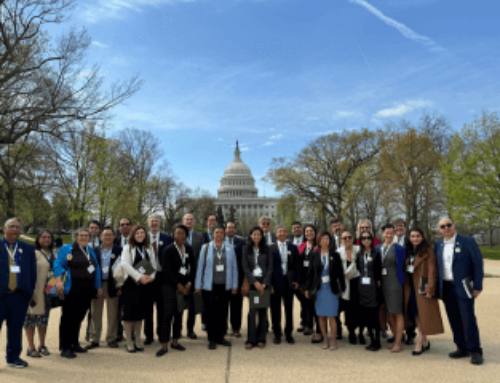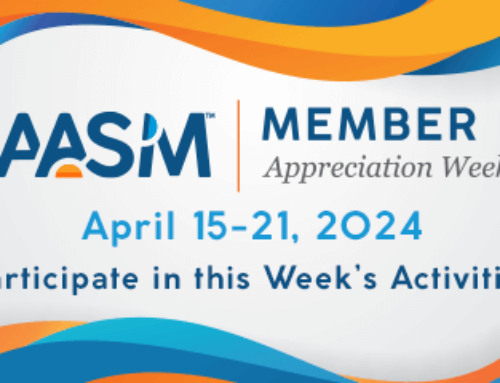Sleep experts recommend move to permanent standard time for overall health and safety
DARIEN, IL — With spring quickly approaching, most of those in the U.S. must prepare to spring forward with the start of daylight saving time on Sunday, March 13. As a House committee prepares to hold a hearing on daylight saving time, the American Academy of Sleep Medicine emphasizes that these seasonal time changes should be abolished.
On Wednesday, March 9, the Consumer Protection and Commerce Subcommittee of the House Energy and Commerce Committee will hold a hearing on daylight saving time. The committee will ask a panel of experts to discuss the impact of changing the clocks twice a year and explain whether it is necessary.
Risks of Seasonal Time Changes
Evidence reveals the time change poses more risks than just losing an hour of sleep. The switch to daylight saving time is associated with:
- An increase in car crashes and fatal motor vehicle crashes
- Increase in missed medical appointments
- A higher risk of stroke and hospital admissions
- An increased risk of mood disturbances
- Disruption of the body’s circadian rhythm, or internal clock, impairing sleep quality and leading to sleep loss
“Physicians, legislators and the general public have been talking about the health and safety benefits of eliminating seasonal time changes for years,” said Erin Flynn-Evans, a sleep and circadian researcher, who has a doctorate in health and medical science and a consultant to the AASM’s Public Safety Committee. “Research shows that time changes affect the body’s circadian rhythm, or body clock, which makes it more difficult to achieve quality sleep and also negatively impacts health and safety.”
Making the Switch to Permanent Standard Time
Early last year, Sen. Marcio Rubio of Florida and several Republican and Democratic colleagues reintroduced in the U.S. Senate the Sunshine Protection Act, which would make daylight saving time permanent across the United States. Several states also have passed legislation to eliminate seasonal time changes, with many, like Alabama and California, hoping to establish permanent daylight time.
However, according to the AASM, current evidence best supports the adoption of year-round standard time.
“There is no question that putting an end to seasonal time change is best for Americans’ well-being,” said Flynn-Evans. “However, a shift to permanent daylight time — which would result in more morning darkness in the winter — would result in most people experiencing a misalignment between the body’s daily rhythm and the timing of routine social obligations like work and school. Therefore, permanent year-round standard time is the best choice to most closely match the circadian sleep-wake cycle.”
Tips to Minimize Fatigue
Many Americans will struggle with how to manage the switch to daylight saving time. The AASM recommends adhering to the following healthy sleep tips in the week leading up to the March 13 time change:
- Get at least seven hours of sleep (for adults) or eight hours of sleep (for teens) per night before and after the time change.
- Gradually adjust your sleep and wake times beginning two to three nights before the time change. Shift your bedtime 15 or 20 minutes earlier each night.
- Dim your lights and minimize your use of screens during the hour before your bedtime.
- For a few days before the time change, begin to adjust the timing of other daily routines that are “time cues” for your body. For example, start eating dinner a little earlier each night.
- On Saturday night, set your clocks ahead one hour in the early evening. Then go to sleep at your normal bedtime.
- Head outdoors for some early morning sunlight on Sunday. The bright light will help set your internal clock, which regulates sleep and alertness.
- Go to bed early enough on Sunday night to get plenty of sleep before the week begins on Monday.
“We are hopeful that seasonal time changes will be eliminated in the near future. Until then, it’s important to be mindful of the health and safety consequences this time change can have and to prepare for it as best as possible,” said Flynn-Evans.
About the American Academy of Sleep Medicine
Established in 1975, the American Academy of Sleep Medicine (AASM) is advancing sleep care and enhancing sleep health to improve lives. The AASM has a combined membership of 11,000 accredited member sleep centers and individual members, including physicians, scientists and other health care professionals.









